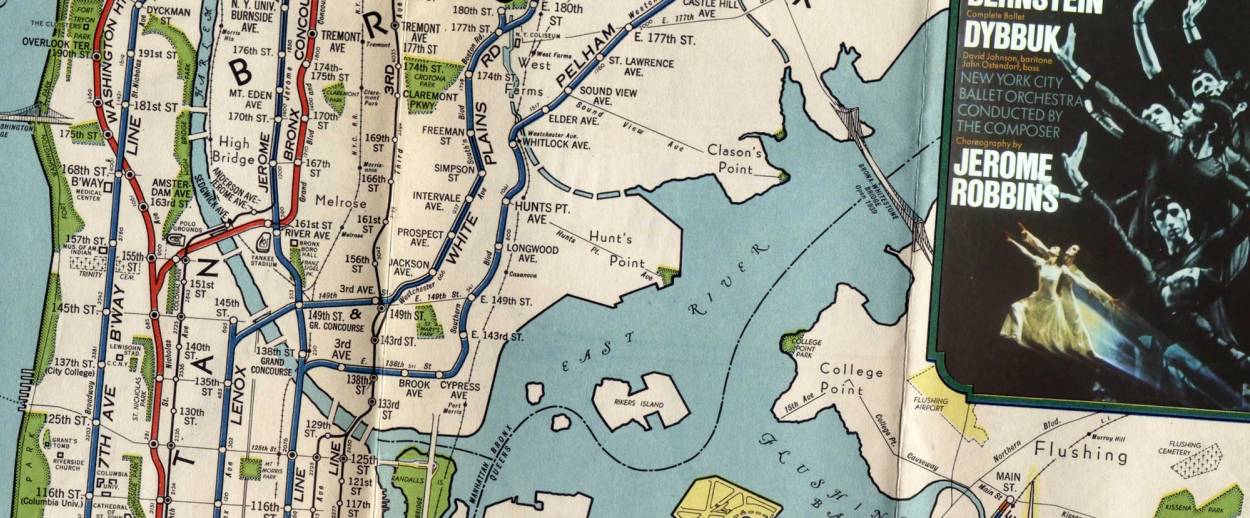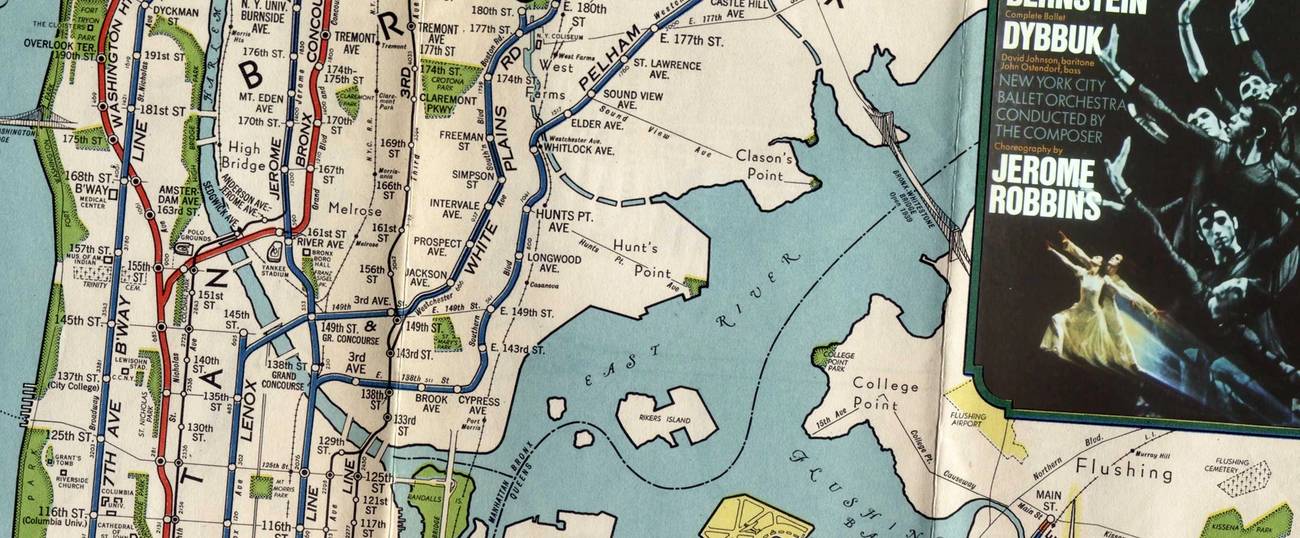Third Seders and Ghetto Nights
Rokhl’s Golden City: Secular Seders, camp epiphanies, and Yom HaShoah




Do you know about the Law of Attraction? The basic idea is that good feelings attract good feelings. Apparently, it works with pianists, too. If you’ll recall, one of the highlights of our February Tel Aviv trip was meeting and collaborating with Yung Yidish pianist David Serebryanik. Turns out, enjoying wild-haired, wildly talented Russians just brings more of the same. As in, last week I unexpectedly dined with the astonishingly famous pianist, Evgeny Kissin, at the Congress for Jewish Culture Driter Seyder. I asked for a selfie with him, mostly so I could text David as soon as I left with a “you’ll never guess who I met tonight” humblebrag. The only thing David wanted to know in return was if I had invited Evgeny to Yung Yidish and exactly how insistent I had been. So, Evgeny, you’re very warmly invited to Yung Yidish. They’ve just acquired a beautiful Seiler piano if that sweetens the deal…
To most, Kissin is known for his virtuosic performances, and, according to Wikipedia, his “powerful key touch.” I’m not sure what that means, but it certainly sounds good. For Jews, and especially those attuned to the Yiddish world, Kissin is known for his Zionism as well as an intense engagement with Yiddish poetry. He’s recorded a number of classic Yiddish poems as well as writing his own. He is a frequent collaborator with former Forverts editor Boris Sandler and indeed Boris was seated at the dinner on the other side of Evgeny. Next to him was Kolya Borodulin, master teacher and the only Yiddish speaker I know from Birobidzan, making an impressive troika of post-Soviet Yiddish literati at our table.
evgenyEvgeny and I got to chatting (me, of course stumbling even more than usual, intimidated by Evgeny’s beautiful Yiddish) and I asked him what he was doing the next day. His answer? Meeting with my own personal academic crush, Gennady Estraikh. It’s nice to know that even a world-famous celebrity looks forward to the same things I do, like hanging out in Gennady’s office and shooting the breeze about Soviet history. Stars, they’re just like us.
Though cultural or third Yiddish Seders flourished for decades among secular Jewish groups, today, only a few groups are committed to the tradition. One is YAFAC (Yiddish Artists and Friends Actors Club), whose third Seder actually happened before Pesakh. Both YAFAC and the Congress for Jewish Culture (CJC) relied heavily on the 1991 Arbeter Ring A Naye Hagode Shel Pesakh (New Pesakh Hagode) for their driter seyder. In past decades, some secular Seders focused on more highly political interpretations of the Exodus story, for example, casting Moses as a leader of the laboring masses. The Arbeter Ring hagode leans more on Holocaust imagery and connects thematically to Yom HaShoah, which comes not that long after Passover. The recitation of In Varshever Geto Iz Itzt Khoydesh Nisn is the emotional heart of the Arbeter Ring service, akin to the telling of the Exodus story in a traditional Seder (or rather, the arguing about the telling of the Exodus story). Both Evgeny and New Yiddish Rep director Dovid Mandelbaum gave beautiful, emotionally wrenching readings from In Varshever Geto.
The Warsaw Ghetto Uprising will be the focus of an upcoming Yom HaShoah program at the Museum of Jewish Heritage. As luck would have it, sitting on my other side at the driter seyder was Ruth Baran, a participant in the Museum’s Geto Nakht program. Ruth and her sister Janice are the daughters of Yiddish educator Mikhl Baran and grew up going to Camp Hemshekh, a camp created by Holocaust survivors in 1959 and which provided a unique Yiddish environment until its closing in 1978. Starting in the 1960s, each year Hemshekh campers and staff would put on a program of songs and poetry about the Uprising. Arts and Crafts counselor Daniel Libeskind designed a mosaic for the program for which each camper would cut a tile, building what would become the Geto Nakht’s Denkmol, or memorial. As Ruth later wrote to me, “It was a night to remember, to teach, to cry, to hug, to sing beautiful songs that ripped our hearts out every year. … On Ghetto Night we became partisans, fighters, proud survivors. That was the dividend of that sacred night.” The Museum’s recreation of Hemshekh’s Geto Nakht is free but I highly recommend you reserve your ticket now.
The legacy of another Yiddish camp was felt at the CJC driter seyder. A contingent of the new Yiddish Singing Society was there, led by YSS hosts Joshua Waletzky and Jenny Levison. Josh taught us a Shir Hashirim nign which kind of knocked me out. Where had this tune been all my life? I asked Josh the provenance of this slightly mysterious song. Turns out, Josh had learned this Shir Hashirim in its Ashkenazi pronunciation from his days as a Boiberik camper, where they sang it to the same melody featured in The Dybbuk. The melody, though, is new to me because it was composed by Josh for a still unproduced theatrical adaptation of a Yiddish folktale. If you’re still not attending YSS meetings I don’t know what you’re waiting for.
For a story about the wandering undead, the Dybbuk has had an extraordinarily lively history. It takes a lot to get me to the ballet, but I will definitely be there when the NYCB begins its celebration of the eternal Jerome Robbins. As part of the Robbins at 100 program they’ll be staging his Dybbuk. Robbins’s Dybbuk is “not a retelling of Ansky’s play, but uses it only as a point of departure for a series of related dances concerning rituals and hallucinations which are present in the dark magico-religious ambience of the play and the obsessions of its characters.” Long live the Dybbuk, a gezint dir in ghostly pipik.
***
Remember: My dear friend Lori Leifer is presenting Shtil di Nakht, a community singing event featuring songs of the Holocaust, Thurs., Apr. 12, 7 p.m. at the Town and Village Synagogue, 334 East 14th Street. … The New Yiddish Rep presents Spring, Take Away My Sorrow, Thurs., Apr. 19, 7 p.m. … Also on Apr. 19 is the annual meeting at der shteyn in Riverside Park to commemorate the Warsaw Ghetto Uprising. Every year features moving poetry and music with a Bundist focus. 3 p.m., enter the park at 83rd Street. … Brave Old World’s gorgeous Songs of the Lodz Ghetto is one of my favorite albums of Yiddish song and it’s getting a rare staging, Apr. 18, 7 p.m. … The Warsaw Ghetto Uprising (Geto Nakht) is at the Museum of Jewish Heritage, presented by the Folksbiene, Sun., Apr. 22, 2018 at 2 p.m., tickets here.
Third Seders: You can hear the Arbeter Ring third Seder at the wonderful Milken Archive of Jewish Music and listen here to a classic cultural third seder recorded at Sholem Aleichem Folk School 21 in 1964.
ALSO: I know you’re not going to believe this, but maybe the Law of Attraction works for Yiddish King Lear, too? Apr. 27 a third Yiddish King Lear opens, this one at the Metropolitan Playhouse and featuring my friend (and companion for three seders this year) the multi-talented Miryem-Khaye Seigel. … I will be eternally grateful for the many Klezkanada youth scholarships I got when I was young and broke (and not so young and still broke). Anyone 35 and under can apply, deadline is May 1! Would it kill you to fill out a form?
Rokhl Kafrissen is a New York-based cultural critic and playwright.